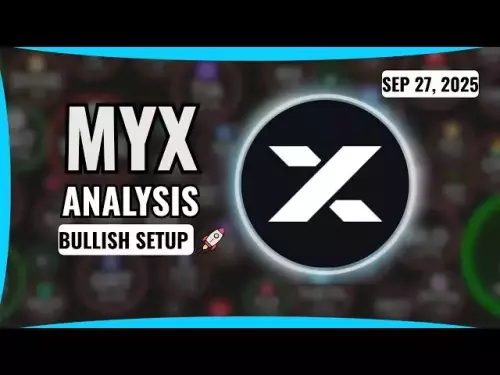-
 bitcoin
bitcoin $109523.663807 USD
-0.13% -
 ethereum
ethereum $4019.526508 USD
2.06% -
 tether
tether $1.000482 USD
0.00% -
 xrp
xrp $2.776815 USD
0.18% -
 bnb
bnb $958.942396 USD
0.12% -
 solana
solana $204.294698 USD
3.84% -
 usd-coin
usd-coin $0.999693 USD
0.00% -
 dogecoin
dogecoin $0.232115 USD
2.09% -
 tron
tron $0.338028 USD
0.84% -
 cardano
cardano $0.790920 USD
1.50% -
 hyperliquid
hyperliquid $44.871443 USD
5.60% -
 ethena-usde
ethena-usde $1.000322 USD
0.04% -
 chainlink
chainlink $21.034165 USD
2.60% -
 avalanche
avalanche $28.794831 USD
-0.54% -
 stellar
stellar $0.360466 USD
1.24%
What is the scalability problem of a blockchain?
Blockchain scalability faces challenges like low transaction throughput, large block sizes causing storage issues, and network bandwidth limitations, impacting speed and user experience; off-chain solutions like sharding offer improvements.
Mar 04, 2025 at 12:06 pm
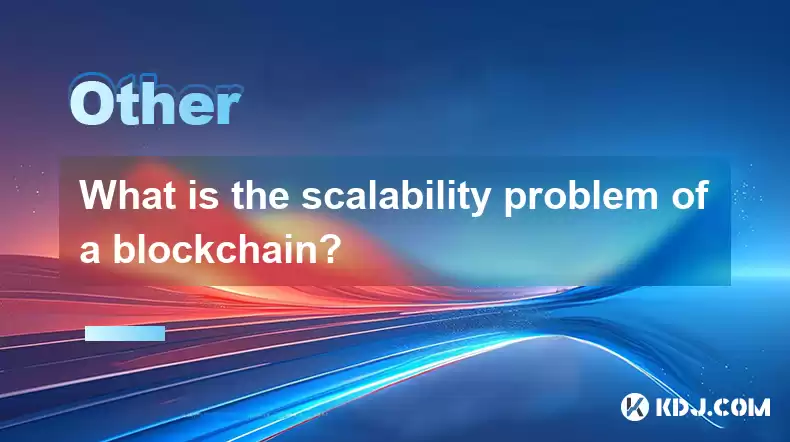
What is the Scalability Problem of a Blockchain?
Key Points:- Transaction Throughput: Blockchains face limitations in the number of transactions they can process per second (TPS). This directly impacts the speed and efficiency of the network.
- Block Size and Latency: The size of blocks and the time it takes to create and validate them (latency) significantly influence scalability. Larger blocks can increase throughput but require more storage and bandwidth. Increased latency leads to slower transaction confirmation times.
- Network Bandwidth: The capacity of the network to handle the flow of data is crucial. As the number of users and transactions increases, so does the demand on network bandwidth. Insufficient bandwidth can lead to congestion and slowdowns.
- Storage Requirements: Each node in a blockchain network needs to store a copy of the entire blockchain. As the blockchain grows, storage requirements increase exponentially, making it challenging for individuals and smaller nodes to participate.
- Consensus Mechanisms: The method used to validate transactions (e.g., Proof-of-Work, Proof-of-Stake) directly impacts scalability. Some consensus mechanisms are inherently slower and less efficient than others.
- Off-Chain Scaling Solutions: Various techniques like layer-2 scaling solutions (e.g., Lightning Network, Plasma) and sharding are employed to address scalability limitations without fundamentally altering the underlying blockchain.
The scalability problem in blockchain refers to the inherent limitations of blockchain technology in handling a large number of transactions efficiently and quickly. While blockchain's decentralized and secure nature are highly valuable, these features often conflict with the need for high throughput. Let's delve deeper into the various facets of this challenge:
- Transaction Throughput: This refers to the number of transactions a blockchain can process per second. Early blockchains like Bitcoin were designed with a relatively low TPS limit (around 7 transactions per second for Bitcoin), which is insufficient for widespread adoption as a payment system for everyday transactions. High TPS is crucial for applications requiring fast and efficient processing, such as decentralized exchanges (DEXs) or payment systems handling a large volume of transactions. Low TPS leads to transaction delays, increased fees, and a poor user experience. The challenge lies in finding a balance between security and speed; increasing TPS often requires compromising on the security and decentralization aspects of the blockchain. Many projects are exploring various solutions to improve TPS without sacrificing security, such as optimized consensus mechanisms and sharding.
- Block Size and Latency: The size of a block (the amount of data it can hold) and the time it takes to add a new block to the blockchain (latency) are critical factors influencing scalability. Larger block sizes can theoretically increase throughput, allowing more transactions to be processed per block. However, larger blocks demand more storage capacity from each node in the network. This can make it difficult for individuals with limited resources to participate in the network, potentially leading to centralization. High latency, on the other hand, means slower transaction confirmation times, impacting the user experience and limiting the usability of the blockchain for real-time applications. Optimizing block size and latency requires a careful balance between throughput, storage requirements, and network bandwidth. Efficient data structures and optimized consensus mechanisms can contribute to reducing latency.
- Network Bandwidth: As the number of users and transactions on a blockchain increases, the demand for network bandwidth grows exponentially. Insufficient bandwidth can lead to network congestion, slow transaction processing times, and increased transaction fees. This is especially critical in networks with a high number of active nodes. Improving network bandwidth can involve upgrading network infrastructure, optimizing data transmission protocols, or employing techniques like network sharding to distribute the load across multiple sub-networks. The challenge is to ensure that the network can handle the increasing demand for data transfer without compromising the efficiency and stability of the blockchain.
- Storage Requirements: Every full node in a blockchain network needs to store a complete copy of the blockchain. As the blockchain grows larger, the storage requirements for each node increase proportionally. This poses a significant challenge for individuals and organizations with limited storage capacity, potentially excluding them from participating in the network and leading to centralization. The constant growth of the blockchain also consumes significant disk space and increases the time required for synchronization. Solutions to this challenge include techniques like pruning (removing old data from the blockchain) and employing lighter clients that do not store the entire blockchain. However, these solutions often compromise on the level of decentralization and security.
- Consensus Mechanisms: The consensus mechanism employed by a blockchain determines how transactions are validated and added to the blockchain. Different consensus mechanisms have different scalability properties. Proof-of-Work (PoW), commonly used in Bitcoin, is known for its security but suffers from low TPS and high energy consumption. Proof-of-Stake (PoS) mechanisms, on the other hand, are generally more energy-efficient and can achieve higher TPS, but they might be vulnerable to different types of attacks. The choice of consensus mechanism significantly impacts the scalability of a blockchain. Research into new and more efficient consensus mechanisms is ongoing, with a focus on balancing security, energy efficiency, and throughput.
- Off-Chain Scaling Solutions: Recognizing the limitations of on-chain scaling, developers have explored various off-chain solutions to improve the scalability of blockchain networks. These solutions aim to process transactions outside the main blockchain while still maintaining security and integrity. Layer-2 scaling solutions, such as the Lightning Network for Bitcoin and various Plasma implementations, are examples of this approach. They create separate channels for transactions, offloading the burden from the main blockchain. Sharding, another prominent technique, divides the blockchain into smaller, more manageable shards, allowing for parallel processing of transactions. While these off-chain solutions offer significant improvements in scalability, they also introduce complexities and potential trade-offs regarding security and decentralization. The optimal approach often involves a combination of on-chain and off-chain scaling techniques.
A: Poor blockchain scalability can lead to several negative consequences, including:
- High transaction fees: As the network becomes congested, users are forced to pay higher fees to prioritize their transactions.
- Slow transaction speeds: Transactions can take a significant amount of time to confirm, making the blockchain impractical for real-time applications.
- Reduced user adoption: The poor user experience caused by high fees and slow speeds can discourage users from adopting the blockchain.
- Network congestion: The network can become overwhelmed, leading to delays and potential disruptions.
- Centralization: The difficulty of running a full node due to high storage requirements can lead to network centralization.
A: Different blockchains are employing various strategies to address scalability challenges, including:
- Improved consensus mechanisms: Moving to more efficient consensus mechanisms like PoS.
- Layer-2 scaling solutions: Implementing off-chain scaling solutions like Lightning Network or Plasma.
- Sharding: Dividing the blockchain into smaller shards to process transactions in parallel.
- Optimized data structures: Employing more efficient data structures to reduce storage requirements and improve transaction processing speeds.
- Improved network infrastructure: Investing in faster and more robust network infrastructure.
A: On-chain scaling solutions involve modifying the core blockchain protocol to improve its scalability, while off-chain scaling solutions process transactions outside the main blockchain, leveraging the main chain only for final settlement. On-chain solutions are generally more secure but can be more challenging to implement, while off-chain solutions can offer greater scalability but may compromise on security or decentralization if not carefully designed.
Q: Are there any trade-offs involved in improving blockchain scalability?A: Yes, improving blockchain scalability often involves trade-offs. For example, increasing transaction throughput might require compromising on security or decentralization. Larger block sizes improve throughput but increase storage requirements for nodes. Off-chain solutions can offer greater scalability but might introduce complexities and security risks if not properly implemented. Finding the right balance between these trade-offs is a critical challenge in blockchain development.
Q: What is the future of blockchain scalability?A: The future of blockchain scalability is likely to involve a combination of on-chain and off-chain scaling solutions, along with ongoing research into new consensus mechanisms and data structures. The development of more efficient and secure scaling solutions is crucial for the widespread adoption of blockchain technology. Continued innovation in this area will be key to unlocking the full potential of blockchain for various applications.
Disclaimer:info@kdj.com
The information provided is not trading advice. kdj.com does not assume any responsibility for any investments made based on the information provided in this article. Cryptocurrencies are highly volatile and it is highly recommended that you invest with caution after thorough research!
If you believe that the content used on this website infringes your copyright, please contact us immediately (info@kdj.com) and we will delete it promptly.
- Bitcoin, mNAV, and Treasury Companies: A New York Perspective
- 2025-09-28 04:25:14
- BNB Price and the Rise of BlockchainFX: The Crypto Presale to Watch
- 2025-09-28 04:25:14
- Trump, WLFI, and the Token Burn: Can Burning Crypto Make it Great Again?
- 2025-09-28 04:45:15
- James Wynn's 3x Leveraged Crypto Gamble: ASTER Airdrop or Bust?
- 2025-09-28 04:45:15
- Frank Zappa's 'One Size Fits All' Turns 50: Still the Perfect Fit?
- 2025-09-28 04:50:11
- Bitcoin Miners Pivot: TeraWulf and the AI Data Center Gold Rush
- 2025-09-28 04:30:01
Related knowledge

What is a token economy?
Sep 20,2025 at 12:18am
Understanding the Foundations of a Token Economy1. A token economy in the context of cryptocurrency refers to a system where digital tokens are used a...
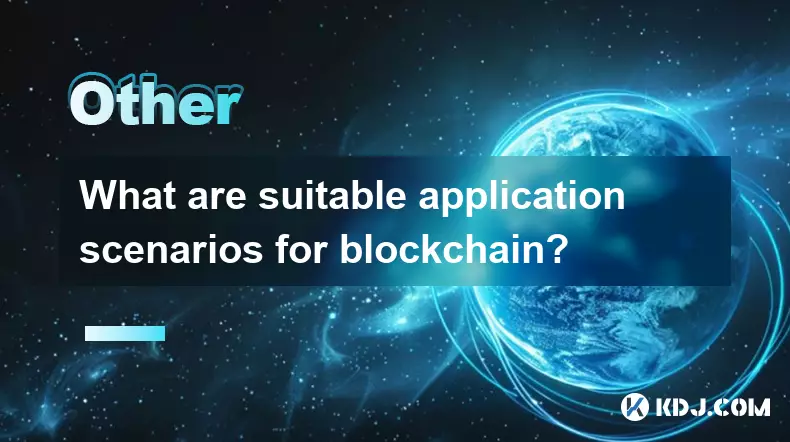
What are suitable application scenarios for blockchain?
Sep 20,2025 at 03:19am
Decentralized Finance (DeFi) Platforms1. Blockchain enables the creation of financial services without centralized intermediaries, allowing users to l...

What is a Rollup (Optimistic vs. ZK)?
Sep 22,2025 at 03:00pm
Understanding Rollups in Blockchain Technology1. Rollups are layer-2 scaling solutions designed to increase transaction throughput on blockchains like...
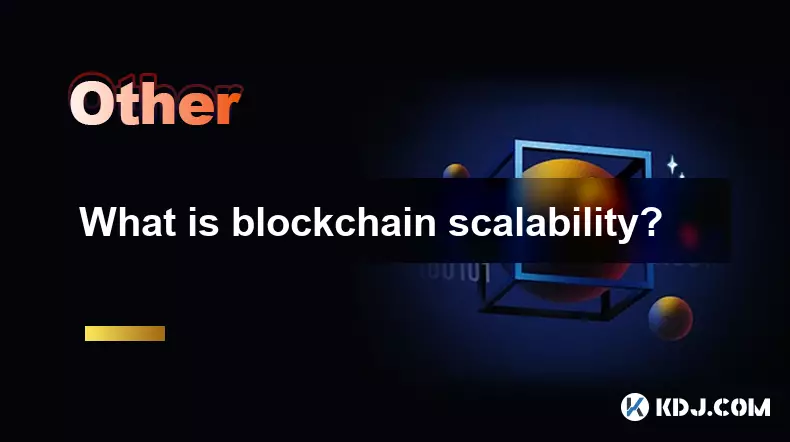
What is blockchain scalability?
Sep 19,2025 at 06:18am
Understanding Blockchain Scalability1. Blockchain scalability refers to a network's ability to handle an increasing number of transactions without com...
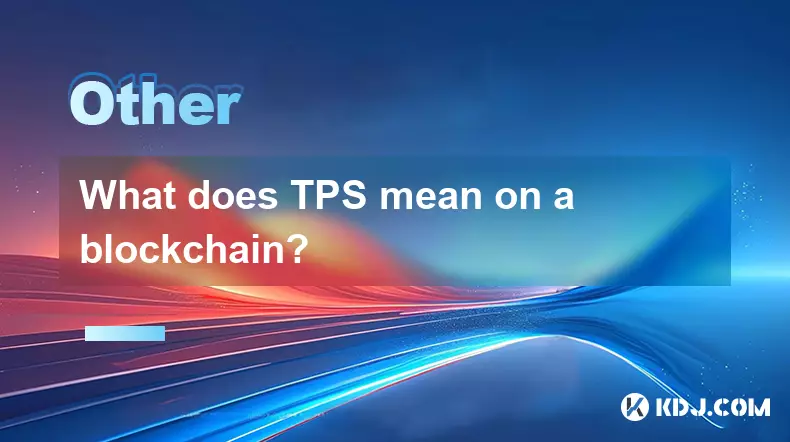
What does TPS mean on a blockchain?
Sep 21,2025 at 09:54am
Understanding TPS in Blockchain Technology1. TPS stands for Transactions Per Second, a metric used to measure the number of transactions a blockchain ...
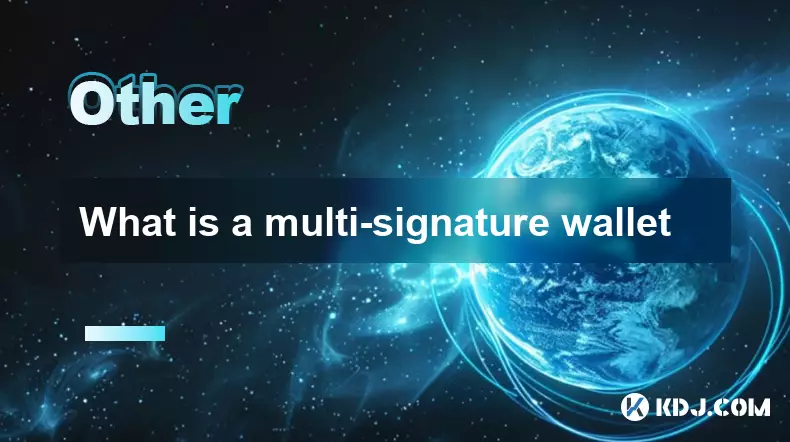
What is a multi-signature wallet
Sep 20,2025 at 07:00am
Understanding Multi-Signature Wallets in Cryptocurrency1. A multi-signature wallet, often referred to as a multisig wallet, is a type of cryptocurrenc...

What is a token economy?
Sep 20,2025 at 12:18am
Understanding the Foundations of a Token Economy1. A token economy in the context of cryptocurrency refers to a system where digital tokens are used a...

What are suitable application scenarios for blockchain?
Sep 20,2025 at 03:19am
Decentralized Finance (DeFi) Platforms1. Blockchain enables the creation of financial services without centralized intermediaries, allowing users to l...

What is a Rollup (Optimistic vs. ZK)?
Sep 22,2025 at 03:00pm
Understanding Rollups in Blockchain Technology1. Rollups are layer-2 scaling solutions designed to increase transaction throughput on blockchains like...

What is blockchain scalability?
Sep 19,2025 at 06:18am
Understanding Blockchain Scalability1. Blockchain scalability refers to a network's ability to handle an increasing number of transactions without com...

What does TPS mean on a blockchain?
Sep 21,2025 at 09:54am
Understanding TPS in Blockchain Technology1. TPS stands for Transactions Per Second, a metric used to measure the number of transactions a blockchain ...

What is a multi-signature wallet
Sep 20,2025 at 07:00am
Understanding Multi-Signature Wallets in Cryptocurrency1. A multi-signature wallet, often referred to as a multisig wallet, is a type of cryptocurrenc...
See all articles


























